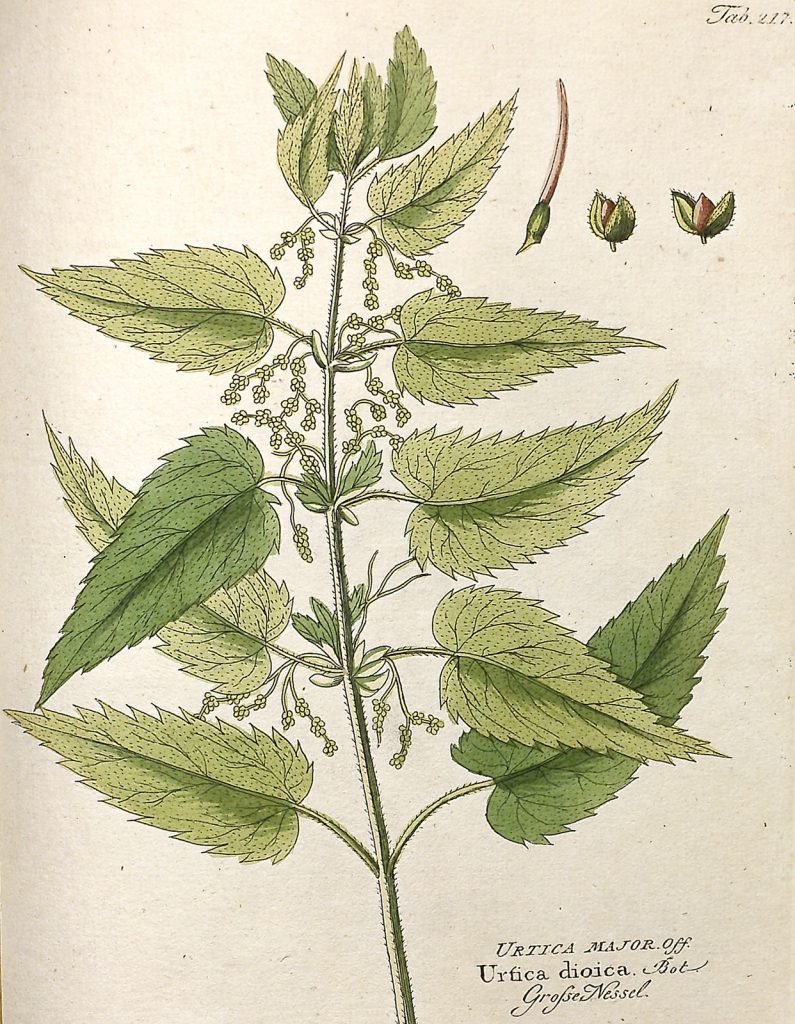I once had a boyfriend who wore a pair of wrinkled trousers he’d had in his possession since junior high school. They were a perfectly nice pair of trousers—for a hobo about two inches shorter than he was. I objected. Invoking the great Tibetan saint, he used the Milarepa Defense: Cling to worldliness and acquire sins. He recounted the story of how when Milarepa’s sister gave the naked sage a robe, he sewed little coverings onto it for “all of his main protrusions,” his fingers and toes and one for his penis. These little hoodies were enough for Milarepa, so a 20-year-old pair of highwaters was enough for my friend.
I countered with the Trungpa Defense, the Shambhala wisdom that respects the sacredness of beauty in the world. Trungpa Rinpoche said that when you feel joyful satisfaction with your life, you become free from laziness and begin to appreciate that your shoes must be shined and your clothes ironed. “You are not just an ordinary Joe.… You are sacred and your environment is also very sacred.… You are concerned about the details…”
But it’s difficult to argue with an ascetic, and the boyfriend continued to wear the pants à la Milarepa.
Milarepa’s simplicity applied to cuisine as well. He famously lived in a hermitage on the border of Nepal and Tibet with nothing but a bush growing out front. Food and board. I asked Neten Chokling Rinpoche, director of the feature film Milarepa, to pick out one of the many songs that the yogi wrote. Rinpoche said that one day, Chirawa Gonpo Dorje, the hunter, came upon Milarepa at his cave and tried to disturb his meditation. On seeing the yogi calm and unaffected, faith suddenly rose within the hunter’s heart. He asked Milarepa to accept him as a disciple. In response, Milarepa sang a doha (yogic spiritual song):
The snow, the rocks, and the clay
mountains—
These three are where Mila meditates;
If these satisfy you,
You may come with me.Porridge, roots, and nettles—
These three are Mila’s food;
If these satisfy you,
You may come with me.
Porridge, roots, and nettles! I think I could work with those. Particularly nettles.
Stinging nettles grow wild in moist climates around the world, usually in early spring. Nettles, by nature, ward off wandering nibblers with a built-in defense mechanism. Their stinging fuzz is no joke. The threads release an acid, which can cause an irritating sting that lasts from a few minutes to 24 hours. But with a good pair of gloves, sharp shears, and some sound instruction, in a few easy moves you’ll have a basketful of nettles and be on your way to creating a true delicacy.
It’s best to do your harvesting before they flower and before the stalks get tough and reedy. Just clip off the tops, about three leaf tiers down. You can dry what you don’t use and store for later. If you get stung, apply a paste of baking soda and water. The cooking process will disarm the stalks.
Ingredients
Enough young nettles to pack your soup pot (three-quarters full uncooked)
A few pats of butter
1 quart chicken or vegetable stock (or enough to cover the nettles)
Sea salt and black pepper
2 medium red onions, finely sliced
Optional Ingredients
(to be sautéed before the nettles)
1 large carrot, chopped
2 celery sticks, chopped
1 tomato, diced
1 large garlic clove, crushed
3 medium potatoes, peeled and cooked for 10 minutes in salted water, drained, and chopped
Optional Garnish
Sour cream or crème fraîche
Chopped chives
Wild chervil or parsley
A sprinkle of nutmeg
Method
Sort your nettles, gently freeing any insects whom you may have just displaced. Wash nettles thoroughly. Discard thicker tough stalks from the bunch and chop the remainder coarsely. Melt the butter in a saucepan; add onions and any of the optional ingredients. Cook until translucent but not brown. Stuff your pot three-quarters full with nettles and cover with stock with an inch to spare. Bring to a boil, then reduce heat and cook until the stalks are soft. Let cool, then purée in a blender or use an immersion hand blender. Return to the pot and add the crème fraîche, a little milk, or sour cream. Or not. If you are going to reserve some in the freezer, take that portion out before adding the dairy.
In addition to all his yogic siddhis (powers), one thing that might have kept Milarepa alive is the fact that nettles are a superfood with a 40-percent protein content and a good amount of vitamin A. There are several other wholesome applications of nettles—for example, they have a wonderful, cleansing effect on the urinary tract system and have been used as a homeopathic remedy for arthritis. According to the Portland Tribune, the 17th-century herbalist Nicholas Culpepper wrote that stinging nettles “consume the phlegmatic superfluities which winter has left behind.” You can sip nettle tonic instead of ingesting over-the-counter postnasaldrip drugs. Just boil down a bunch of nettles, reserve the liquid and make tasty with a bit of lemon and honey. My friend Wyatt also likes to make an invigorating nettle chutney, but you’d have to ply him with favors to get the recipe.
Nettles are delicious, subtle, healthful, and suited to a frugal budget. In nettles we can find a bridge between austerity and splendor. The ascetic and the pleasure seeker can find common ground over a bowl of nettle soup and both experience joyful satisfaction.
Thank you for subscribing to Tricycle! As a nonprofit, we depend on readers like you to keep Buddhist teachings and practices widely available.
